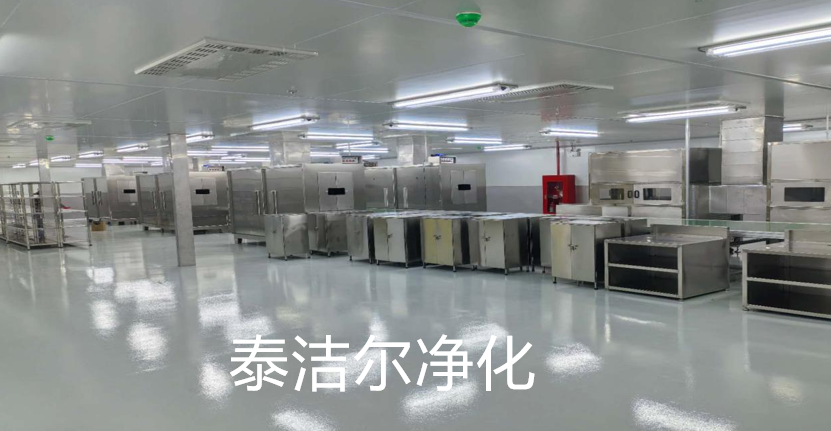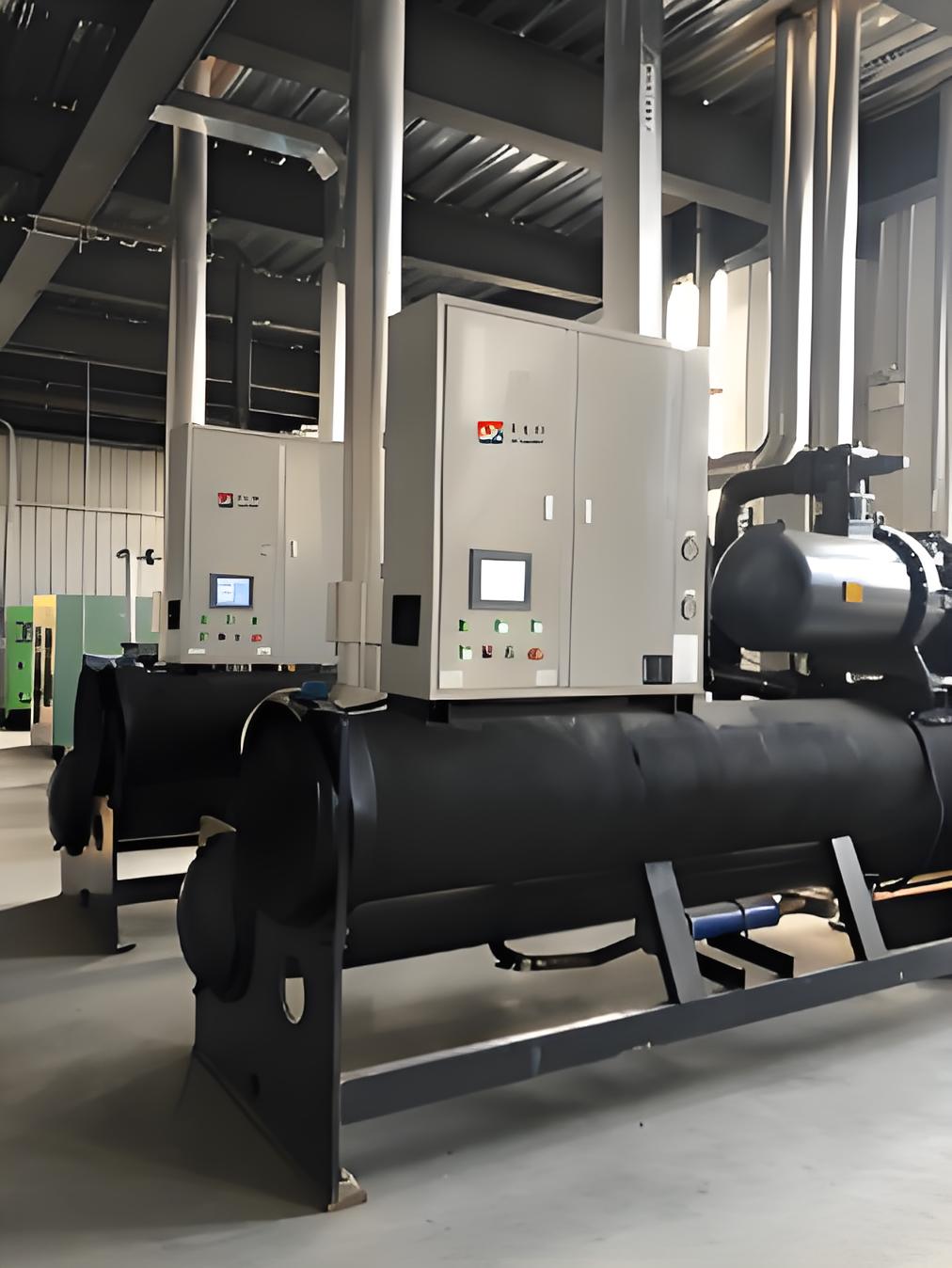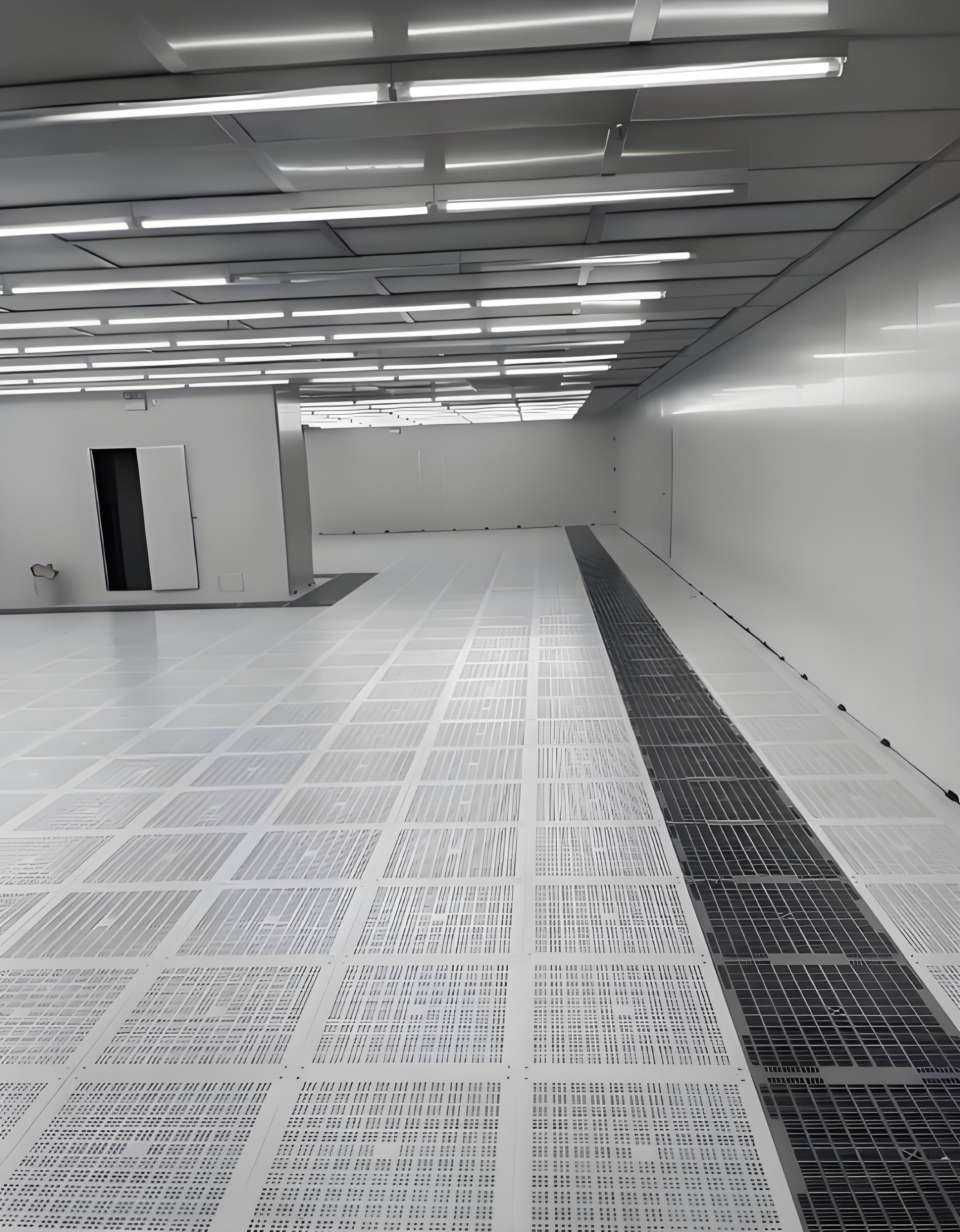




Whether it's for a dust-free clean room or other construction projects, decoration materials must be carefully selected and suitable. Only then can they support future maintenance. So, how should decoration materials for a dust-free clean room be chosen?

1. Interior decoration materials
1. The moisture content of wood used in a clean room must not exceed 16%, and it should not be exposed. Because clean rooms have large ventilation systems and low air humidity, excessive use of wood can lead to cracking, deformation, looseness, and dust accumulation. If wood is used, it should only be in small amounts and must be treated for corrosion and waterproofing.
2. For ordinary clean rooms, waterproof gypsum board is typically used. However, for microbial production rooms, frequent washing with water and disinfectants can cause even waterproof gypsum board to mold and deform, making it unsuitable for ceiling materials in microbial production rooms.
3. Different clean rooms may require personalized considerations when selecting interior decoration materials.
4. Regular cleaning involves wiping with water, disinfectants, alcohol, or other organic solvents. These liquids often have certain chemical properties that can cause some materials to fade or peel. Therefore, decoration materials must have good PBT (performance-based testing) quality.
5. Microbial production rooms, such as sterilization clinics, often use ultrasonic O3 ozone generators. O3 (ozone) is a strong oxidizing gas that accelerates the oxidation and rusting of metal materials in natural environments. It can also cause ordinary coatings to fade or peel due to oxidation. Thus, decoration materials in such rooms must have excellent oxidation resistance.
2. Wall decoration materials
1. High-durability ceramic tiles are preferred. After installation, they resist cracking, deformation, and staining over time. A simple test involves dripping ink on the surface: the slower the ink spreads, the lower the water absorption and the higher the durability of the tile.
2. Antibacterial wall panels have been used in some clean rooms, suitable for auxiliary areas and clean corridors with lower cleanliness requirements. These panels are installed using adhesive methods, similar to wallpaper, but their lifespan is short due to susceptibility to moisture, deformation, and limited decorative appeal.
3. Wood veneer panels, also known as control panels, are decorative materials made by slicing real wood into thin layers (about 0.2mm) and bonding them to pressed boards.
How is a dust-free clean room installed?
1. Determine the design plan, pricing, and finalize the contract. Whether for online or offline projects, the process starts with consultation, followed by on-site inspection, design planning, pricing, and contract signing.
2. Install partition walls. Partition walls are the foundation. Based on the clean room interior design, all corridors are constructed before other processes begin.
3. Install the ceiling. After partition walls, the ceiling is installed. Clean room ceilings are complex, involving air filtration grids, central air conditioning ducts, and technical insulation layers.
4. Floor decoration. After the ceiling, the floor and walls are addressed. Epoxy flooring is common, but weather conditions, humidity changes, and curing time must be considered.
5. Install central air conditioning and other equipment. Sanitation-related machinery is installed first, followed by other equipment adjustments.
6. Clean room decoration inspection. Finally, the project is inspected to ensure wall materials are flawless, standards are met, and temperature, humidity, cleanliness, and ventilation are effective. Only after passing inspection can the project be accepted and payment made.